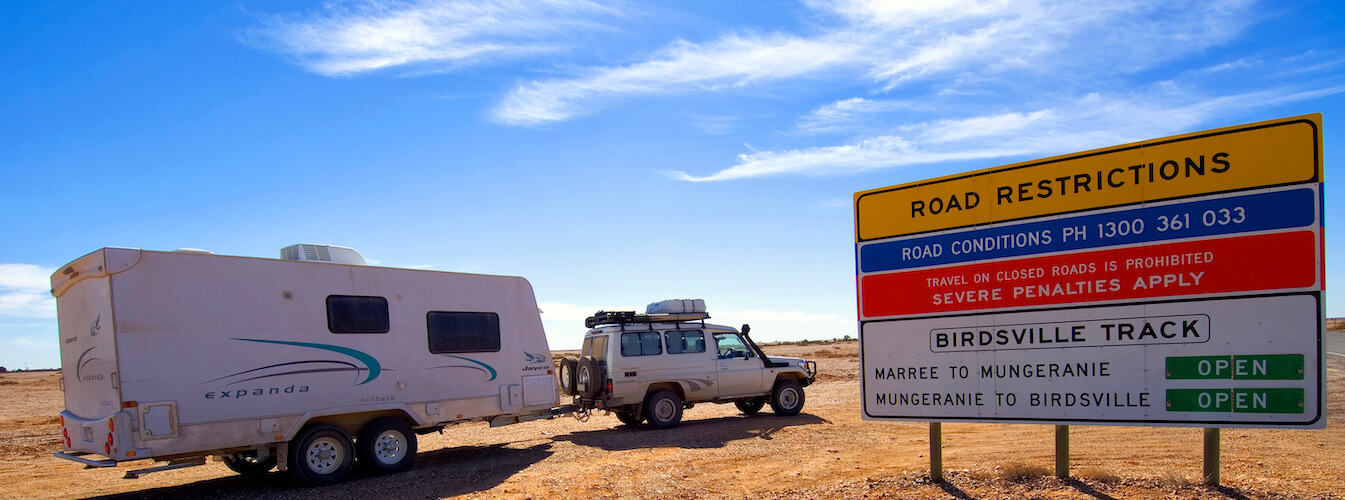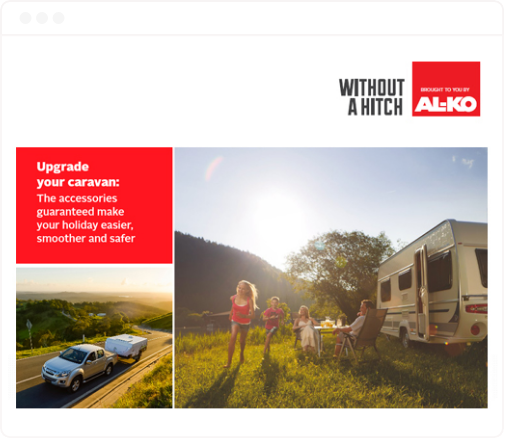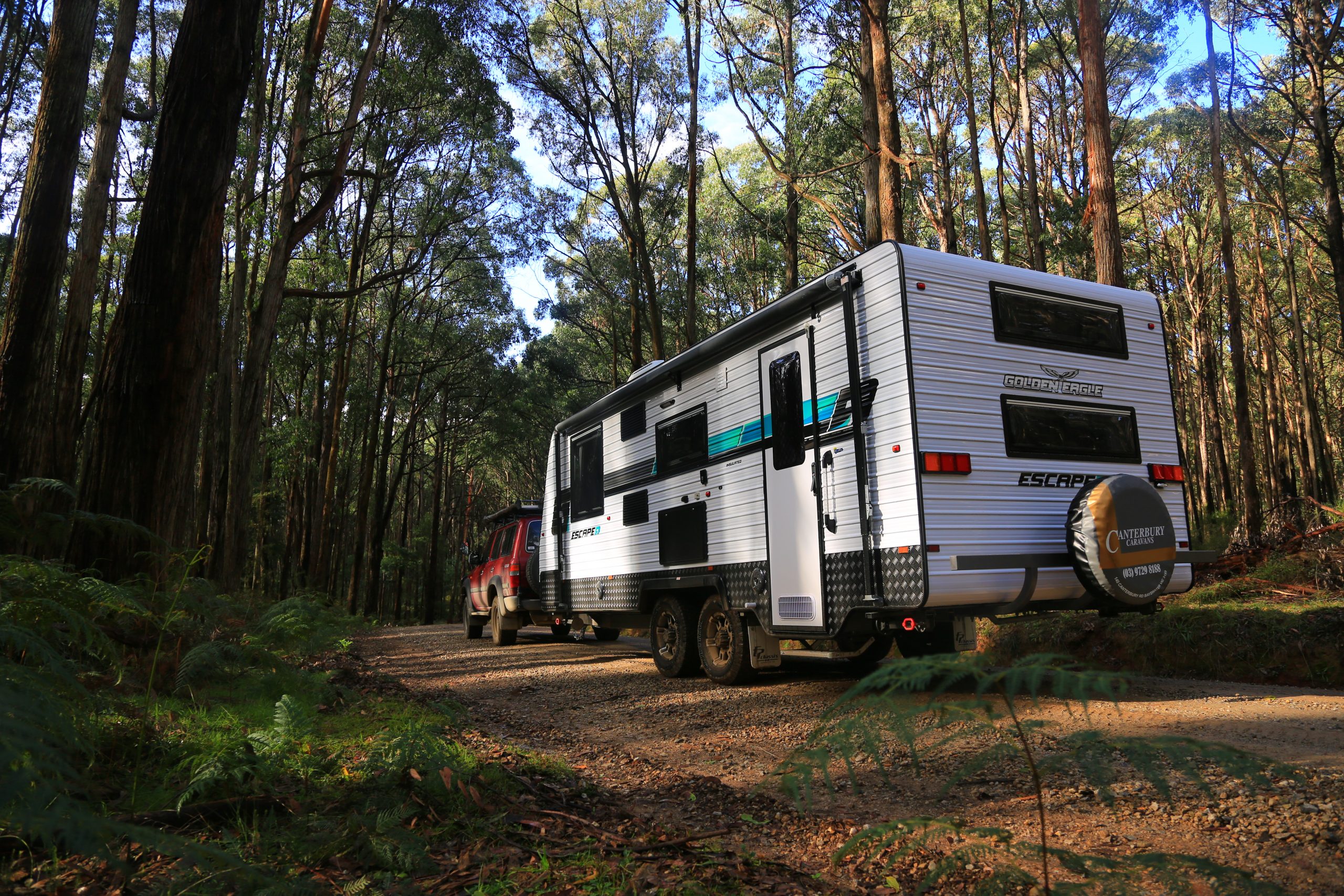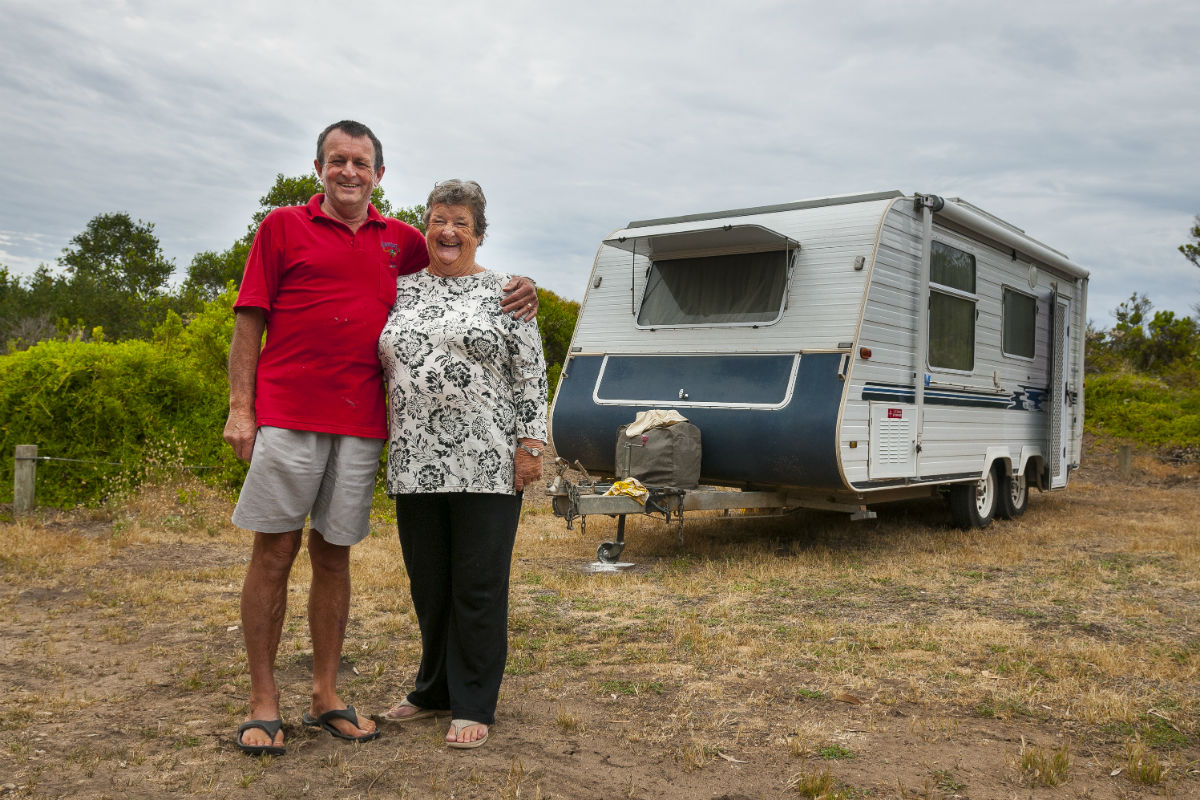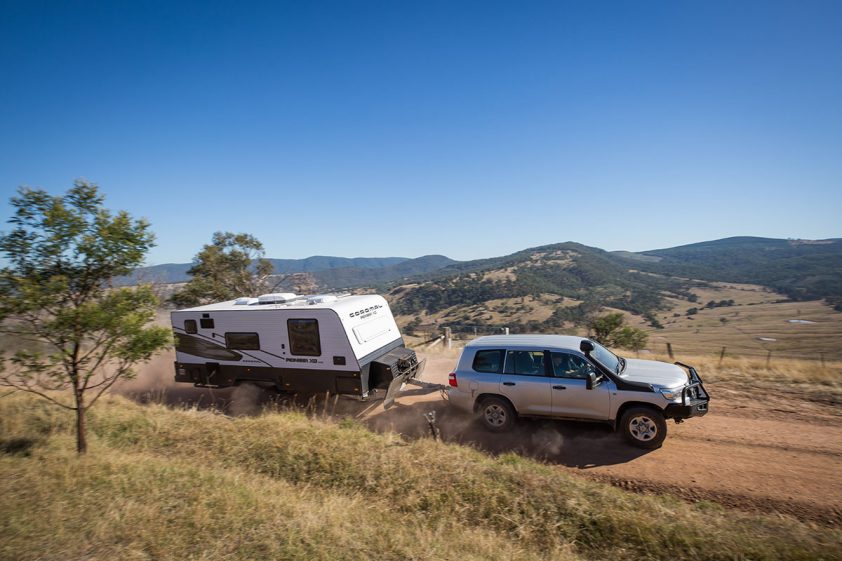Here at Without A Hitch, we published an article about crossing safety chains. We showed how crossing the chains – if done correctly – could ‘catch’ the caravan’s coupling in the event the coupling became detached from the tow vehicle.
First, let’s acknowledge that such a scenario does not mean the caravan and tow vehicle would continue merrily along the highway. I suspect, in fact, that this situation would be harrowing, with the caravan in danger of losing control. It would, in a perfect world, buy the driver just enough time to come to stop safely.
Nonetheless, it would be better than the alternative: the caravan’s coupling ploughing the bitumen at speed and the carnage that would ensue.
But all of this begs the question: is crossing a caravan’s safety chains when hitching up a legal requirement?
The short answer is… there appears not to be a short answer. While the Australian Standard relevant to safety chains – AS4177 – spells out in detail various requirements, including safe working load, which we will again detail below, it does not specify that safety chains must be crossed. This makes sense, since the Australian Standards are more concerned with specifications designed to ensure products, systems and services are safe, reliable and perform as intended.
I set out to get to the bottom of this issue. Is it mandatory to criss-cross safety chains throughout Australia when two safety chains are provided? I got nowhere.
So if after hours of phone calls and surfing the internet proved fruitless, what hope does the average caravanner have?
Of all the road transport authorities around Australia, only New South Wales’ Road Transport Authority appears to publish clear-cut advice on whether or not to criss-cross safety chains.
To quote New South Wales’ RTA website: “To prevent the front end of the drawbar from hitting the ground if the coupling is disconnected, safety chains must be as short as practicable and connected to the towing vehicle; and crossed over if two chains are fitted.”
Other than that, all published advice that I could find – including government circulars to industry and VSB1 – appears to constrain itself to the construction of the safety chains, how they are attached to the drawbar, whether one or two chains are required, and ensuring the chains are marked according to their breaking load.
This is what I found on the Vicroads website: “If you’re towing a trailer, you’re required to have a safety connection device on your car in addition to your normal tow coupling. This safety connection device acts as a back-up if your tow coupling breaks or detaches from your vehicle.
Your safety connection device can be anything that connects your trailer with your towing vehicle, including chains, cables, shackles, or any combination of these. The final point between the safety chain/cable and the towing vehicle is usually a D shackle.”
Could this language be anymore vague? I’m not saying that better advice isn’t available. My point is, how are well-intentioned caravanners to follow the letter of the law when this kind of gobbledygook is what passes for good advice on a government website?
Western Australia’s Department of Transport website is a little better but far from definitive. It reads: “Towbar chain attachments must be able to withstand the rated load capacity of the towbar.
“The safety chain attachments must be mounted adjacent to the tow coupling and arranged so as to maintain the direction of the trailer in the event of coupling failure or disconnection.
“In the event of coupling failure or disconnection, the safety chain(s) should support the drawbar and prevent it dropping to the ground.”
However, even this language leaves room for interpretation.
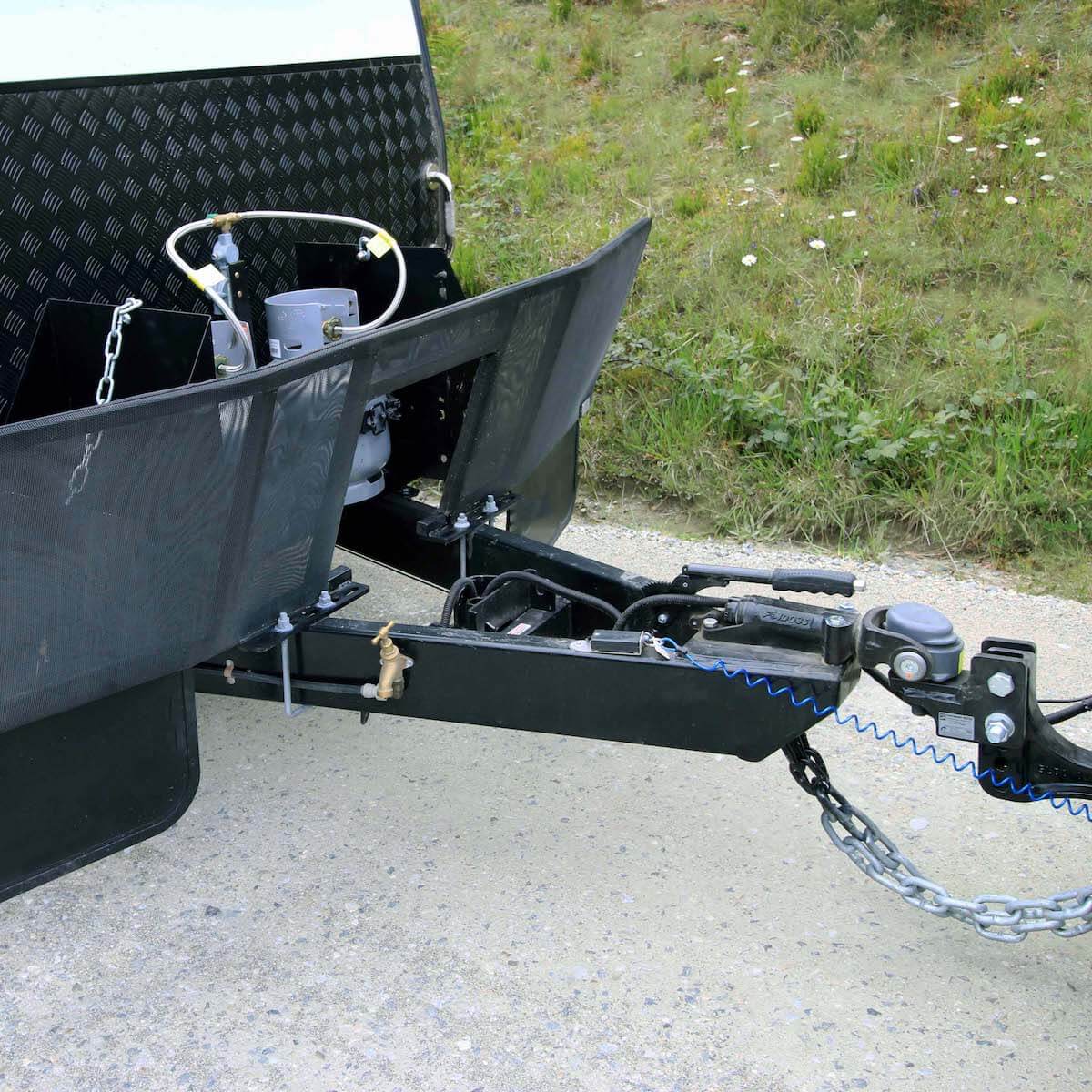
ONE CHAIN OR TWO?
When do you have to use safety chains? Simple. Whenever you are towing a trailer. It’s the weight of the trailer under tow that determines whether one or two chains is required.
Caravans or trailers up to 2500kg ATM are legally required to be fitted with at least one safety chain. Caravans between 2500kg and 3500kg ATM must have two fitted.
The contradiction here is obvious: how does one criss-cross one safety chain? I don’t have the answer to that; I will just repeat that if your van has two safety chains, criss-crossing them will give you the best chance of avoiding making a bad situation worse. Just be sure to leave enough slack in the chains to allow the caravan to turn with the car.
As stated, this article does not have the answers regarding whether it’s the law here or there to cross your safety chains. This issue appears to fall into the grey area of ‘a very good idea’, or ‘plain common sense’. However, in a world in which common sense can sometimes seem lacking, it’s worth reinforcing a simple message: just because you don’t have to do something doesn’t mean you shouldn’t.
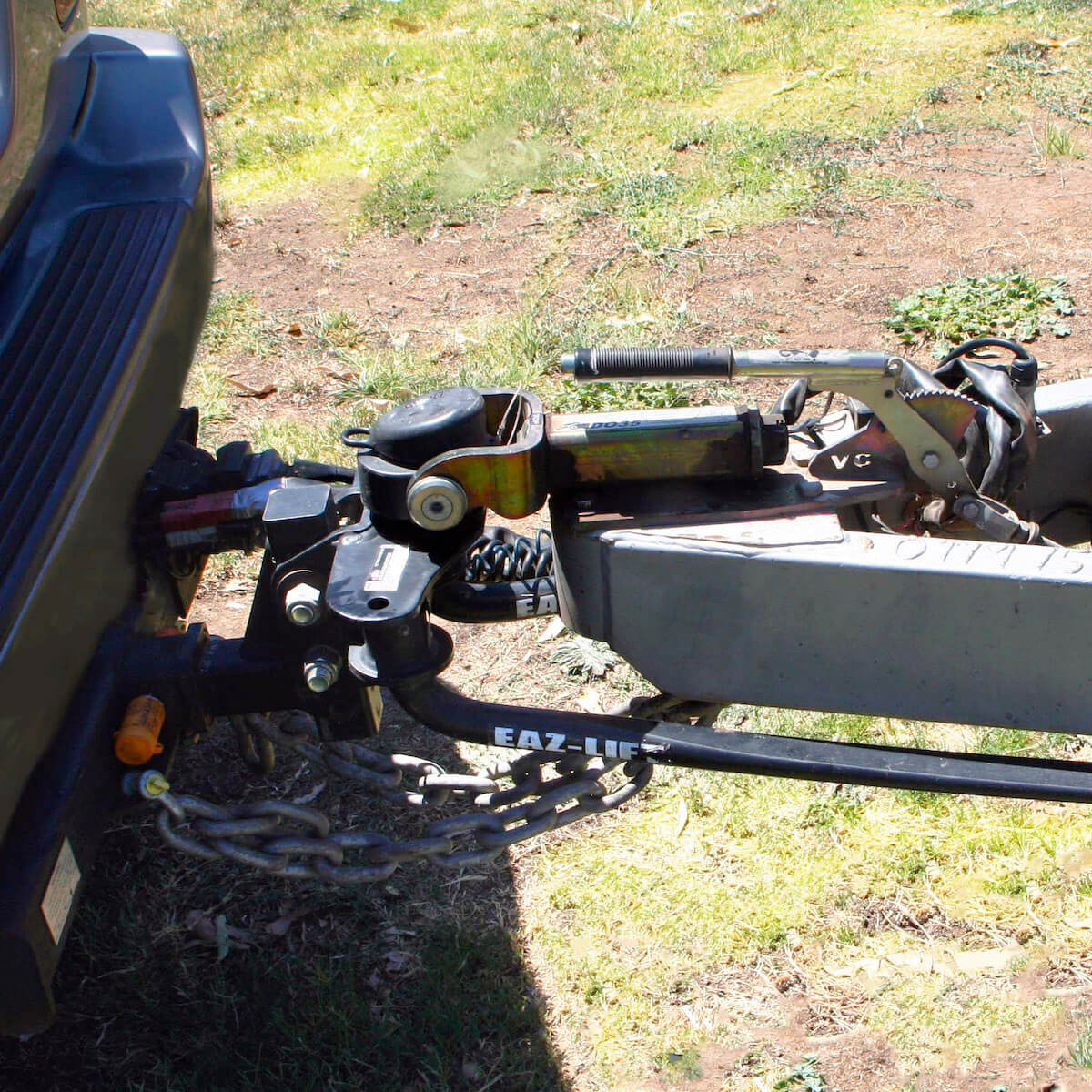
RATINGS
Safety chains must be stamped with the manufacturer’s identification number, the numbers 4177 (which refers to the relevant Australian Standard), and the chain’s safe working load. This rating will often be identified by the following markings:
4177-10 (up to 1000kg ATM). The diameter of the steel should be 6.33mm
4177-16 (up to 1600kg ATM); The diameter of the steel should be 8mm.
4177-25 (up to 2500kg ATM); The diameter of the steel should be 10mm.
4177-35 (up to 3500kg ATM). The diameter of the steel should be 13mm.
MEET THE AUTHOR

Max Taylor
Max Taylor has been caravanning since he was a kid and was the editor of some of Australia’s most well-known RV publications for almost 10 years.

